Canadian Rockies Travel Guide

Canadian Rockies Travel Guide | Written by Brian Callender | Photography by Julie Boyd

The Canadian Rockies are easily recognizable as one of the more beautiful destinations in North America. It’s no wonder that if you spend any time on social media, you likely have seen photos of some of the greatest hits.
We often tell anyone who will listen that the Canadian Rockies, and more specifically, Banff and Jasper National Parks, truly have something for everyone. The parks are a hiker’s paradise, but there is also spectacular beauty accessible from the roadside or a short walk from the parking lot. This is a trip you are definitely going to want to take!
Getting to the Canadian Rockies
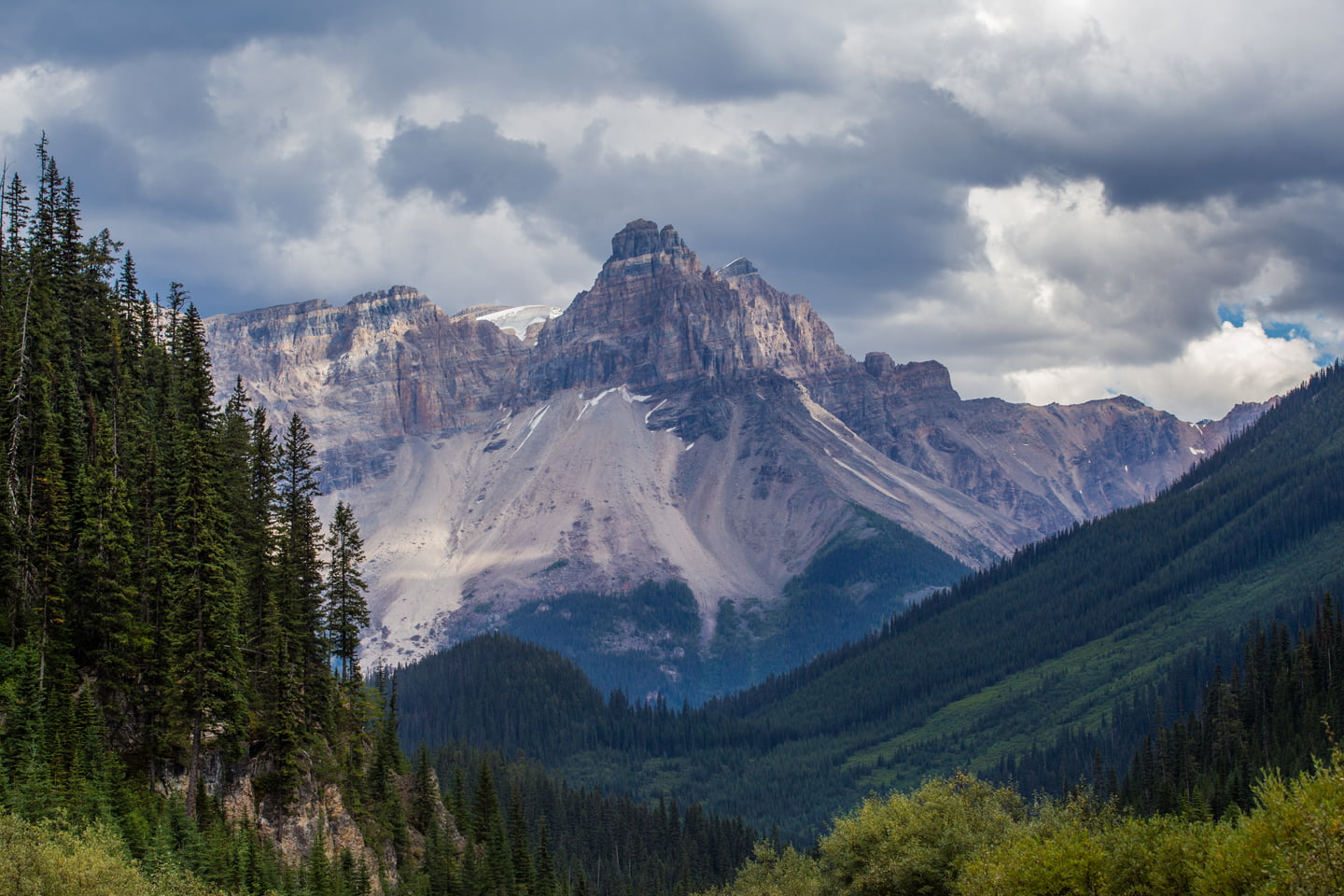
There are a few ways to reach the Canadian Rockies and what route you chose is up to you!
By Plane
Calgary (YYC) is the closest airport to Banff and where we recommend you fly into for a visit to Banff and beyond. From Calgary Airport, the town of Banff is 1 hour and 30 minutes west and 90 miles (144 kilometers). Once you leave the city, the first half of the drive is flat land, but once you start to see the mountains, you will be treated to some of the famous views.
Edmonton (YEG) is north of Calgary and makes for a longer drive heading west to Banff and Jasper. In our trip planning research, there has been no significant advantage to flying in and out of Edmonton, so we always go to Calgary. The drive from Edmonton Airport is 4 hours and 243 miles (392 kilometers).
Vancouver (YYR) is west of Banff and Jasper on the coast of Canada. If you’re planning to spend an extended amount of time in Canada (2 weeks or more) it could be worthwhile to extend your trip and visit Vancouver and British Columbia. The drive from Vancouver to Banff is 9 hours and 30 minutes and is best broken up over at minimum, two days. At 533 miles (859 kilometers) this is a long drive, but there are points of interest to stop at along the way, if you decide to go this route.
By Car
Driving is a big part of experiencing the Canadian Rockies and we are big fans of road trips. You can pick up a rental car at the airport you fly into and be on your way. We recommend checking sites like Kayak or Costco (if you’re a member) to find the best deals on car rentals. Our preferred rental company is National since we like being able to grab a car and go.
If you’re bringing your own car from the U.S., you can find additional information about border crossings here.
RV and Campervans are another popular option if you’re traveling as a family or prefer to sleep on the road. While we haven’t personally utilized this method yet, there are numerous options available and many of the major attractions have parking options for larger vehicles.
By Train
For those looking for a more luxurious way to experience the Canadian Rockies, the Rocky Mountaineer train goes from Vancouver to Banff and Jasper. The trains are famous for their glass dome roofs allowing passengers expansive views. We hope to experience this route some day!
Canadian Rockies Entrance Fees
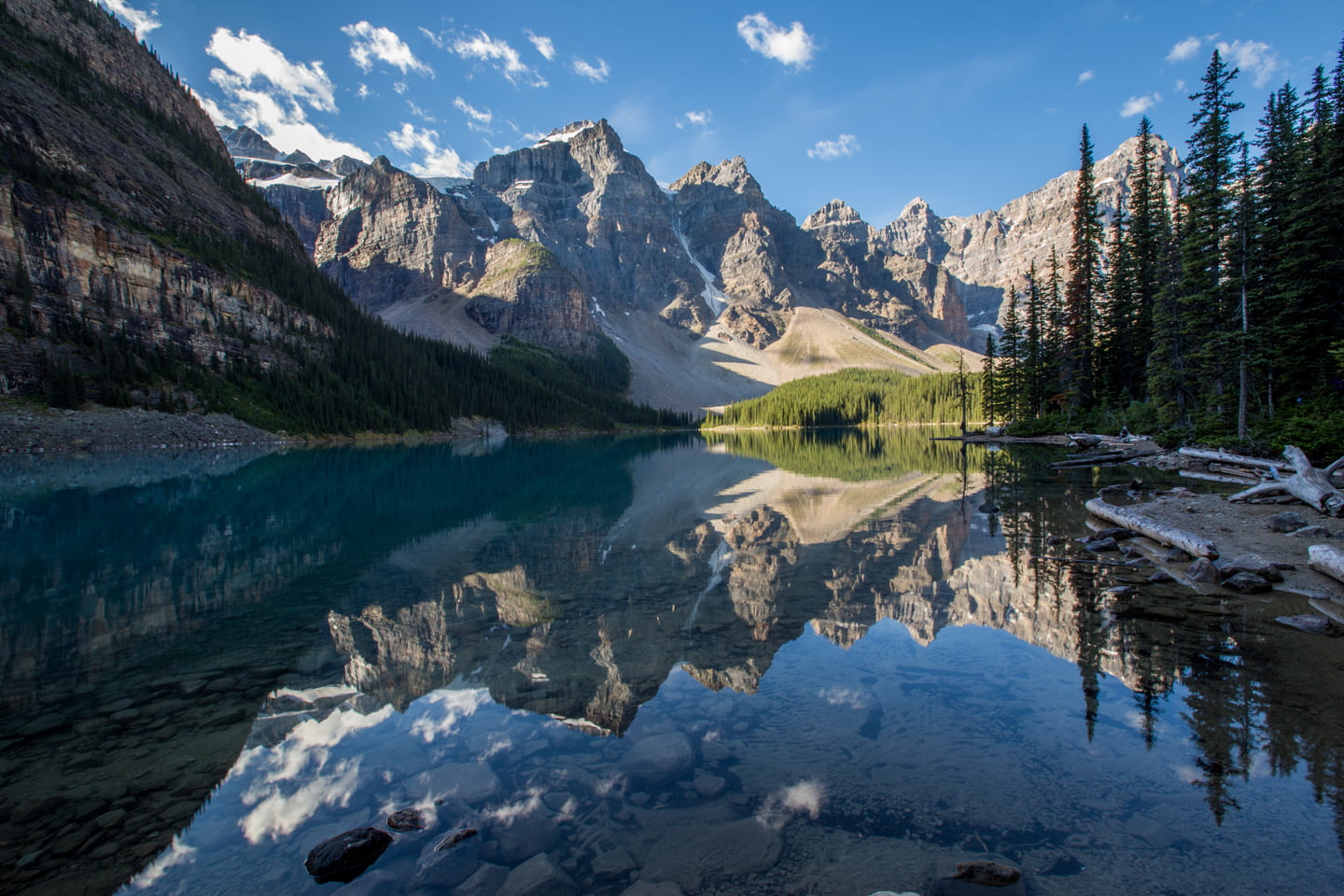
A pass is required for entry into the Canadian National Parks and the fees associated with them are on a daily and per-person basis.
Depending on the length of your visit, it may be advantageous to purchase an annual pass. A pass can be purchased at the entry station to each National Park, information centers, campgrounds, online and is valid for the following parks: Banff, Jasper, Yoho, Kootenay, Waterton, Elk Island, Mount Revelstoke, and Glacier (Canada).
It’s important to note that you need a pass if you are planning to make any stops throughout either of the parks. This includes, but is not limited to, having lunch in Banff, stopping for a roadside photo of Bow Lake, hiking, etc. The only time you are not required to have a pass is if you are driving straight through the parks without stopping (example: driving from Calgary to Edmonton).
Current park fees can be found on the Parks Canada website.
Where to stay in the Canadian Rockies

There are several options to consider when deciding where to stay on your visit to the Canadian Rockies. The two most important in our eyes are location and budget.
Where are you planning to spend most of your time while visiting the parks? How long do you want your drive to be each day you head out? And lastly, how much are you willing to spend for your accommodations?
Based on each of these factors, here are the main locations we recommend staying in:
Banff
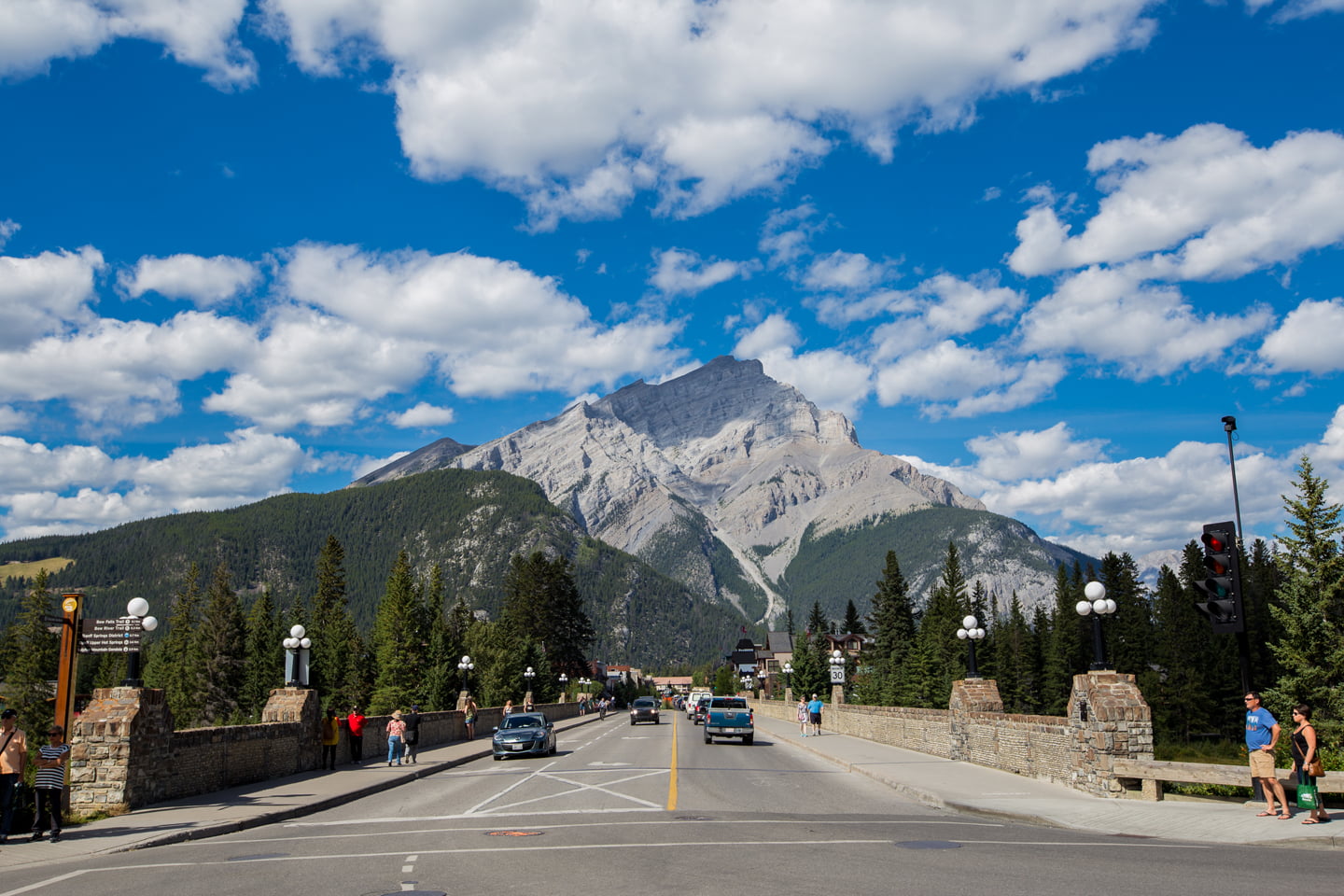
The town of Banff is centrally located and a great place to make your home base for time spent in the National Park. A prime location also comes with a premium price, and staying in Banff proper can be costly, depending on when and where you stay. The peak summer season tends to book up quickly and it’s best to plan on booking accommodations a year out, if you can. Closer deals can be found, but the price goes up as the supply goes down, so be sure to book early!
There are plenty of great dining options in Banff (we recommend Bear Street Tavern) including grocery stores if you’re packing your own snacks or making meals.
From Calgary, Banff is 1 hour and 30 minutes west and 90 miles (144 kilometers).
For a list of available camping options, check out the National Park’s website.
Canmore
.
One of the larger mountain towns, Canmore is located just south of the Banff National Park entrance station and twenty minutes (15 miles/25 kilometers) south of the town of Banff.
The drive to Banff and beyond is an easy one and there are plenty of dining options. Canmore is generally seen as a more cost effective alternative to the town of Banff.
From Calgary, Canmore is 1 hour and 20 minutes west and 75 miles (120 kilometers).
Lake Louise

While not officially a town (it’s a hamlet), the Lake Louise area has a few lodging and dining options. You can stay right at the actual Lake Louise at the Fairmont Chateau or at the Moraine Lake Lodge at Moraine Lake. There are a handful of other lodging options in Lake Louise, as well as select quick dining options and a small grocery store.
The proximity comes with a high premium and staying here will be expensive, but at least the exchange rate is good if you’re coming from the U.S. Hiking options are fantastic if Lake Louise is your starting point and it is arguably a more central location than even Banff.
From Calgary, Lake Louise is 2 hours west and 123 miles (198 kilometers).
Field

The small town of Field is located in British Columbia, but just 25 minutes and 17 miles (28 kilometers) from Lake Louise. Lodging in Field is almost exclusively Guest Houses (think similar to AirBnB) and there are only two dining options.
If you opt to stay here, which we did on one trip, you’ll want to stock up on food in Banff or Lake Louise. Field is a great option for exploring Yoho National Park, and as a quiet alternative to the other busier destinations.
From Calgary, Field is 2 hours and 25 minutes west and 139 miles (224 kilometers).
Jasper
The town of Jasper is the primary lodging option for visiting Jasper National Park. It’s slightly smaller than the town of Banff and when we visited it was definitely less crowded.
There are a mix of budget options when staying in Jasper and we opted for a lower cost hotel on our stay. Jasper has a good selection of dining options, in particular we enjoyed the Jasper Brewing Company.
From Calgary, Jasper is 5 hours west and 266 miles (429 kilometers).
When to visit the Canadian Rockies
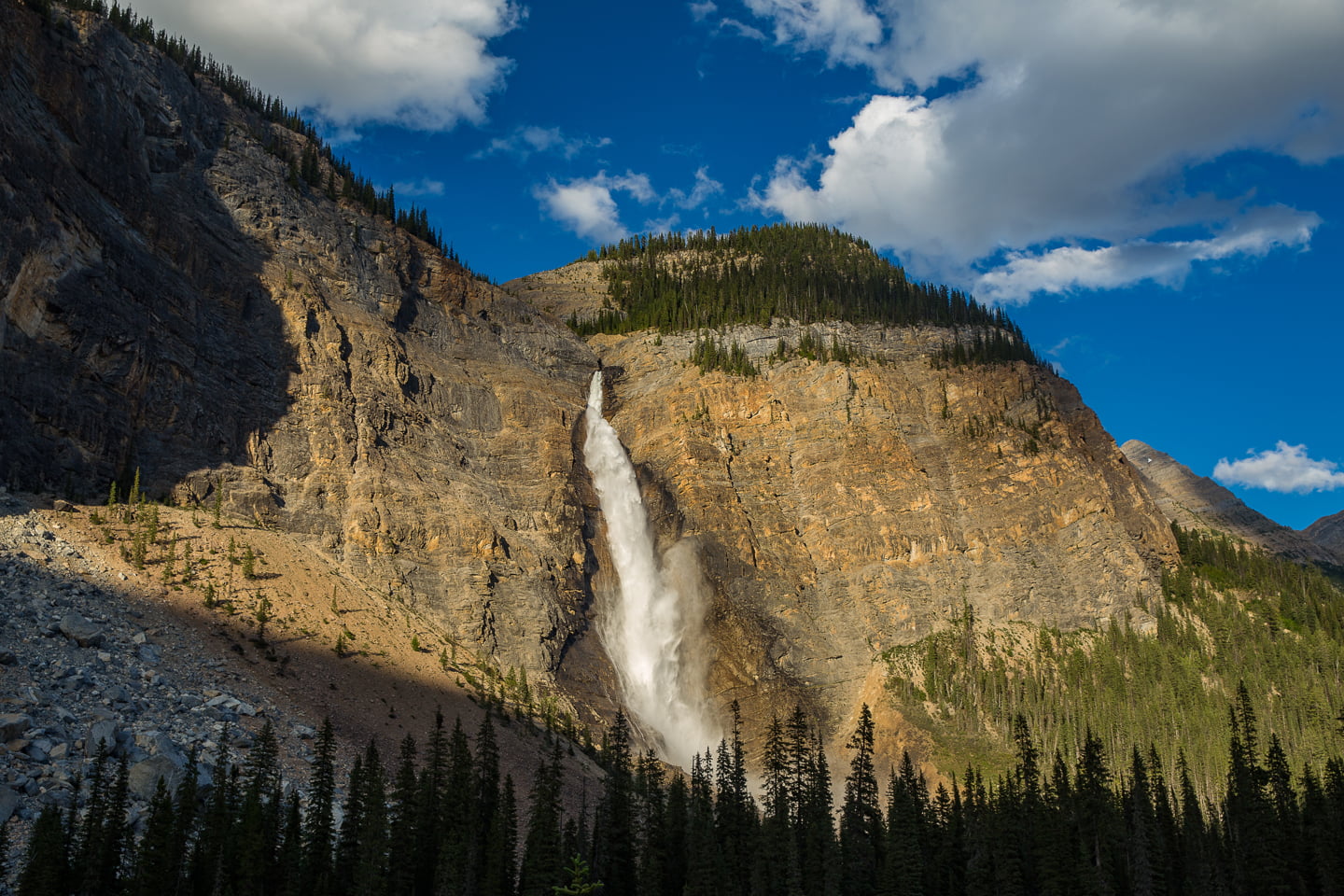
The peak season for visiting the Canadian Rockies is mid to late June through September. You can expect snow to be present in June (and potentially even later, depending on the year), and the possibility of it in September. Remember that the mountains are notorious for creating their own weather, so it’s important to be prepared for anything and to plan accordingly.
June: When we visited in early June, hiking trails were mostly free of snow, but some still lingered at higher elevations. We received light snow at both Moraine and Peyto Lakes, which made these lakes even more magical. If you visit in June, plan to do so later in the month for the best weather chances. Bugs were mostly non-existent, with a couple of exceptions.
July: Our trip in late July was met with a hot first day, which made our accommodations mostly unbearable (and included a blackout!). The remainder of the trip was mostly ideal weather, with the exception a consistent rain when we hiked to Eiffel Lake. In general, July is a good month to visit, but expect crowds to be plentiful. Days are long, so be sure to take full advantage with an early start.
August: The best weather of our three trips occurred in August. We didn’t experience any rain or snow during our week in the Canadian Rockies. Bugs were a non-issue and all hiking trails were in great condition. The main downside to visiting in August were the crowds, which were plentiful everywhere we went. Like July, days are long so an early start is essential and if you are willing to stay out past dinner time, you can enjoy a bit more solitude.
September: While we have yet to visit in September, this is the time you are most likely to see the famous larches turning yellow. Fall color starts earlier in the Canadian Rockies than many other destinations. With kids back in school by this point, you can expect a reduction in the crowds. Much like June, inclement weather is a possibility, so it’s important to be prepared for the possibility of less than ideal conditions.
These are our recommendations for visiting the parks, but it is certainly only that, our opinion. The parks are open year-round and we have heard great things about skiing, dog-sledding, and a variety of other off-peak activities. But to see the famous blue lakes and cascading waterfalls, your best bet is to visit during one of these four months.
Where to go and what to do in Banff National Park
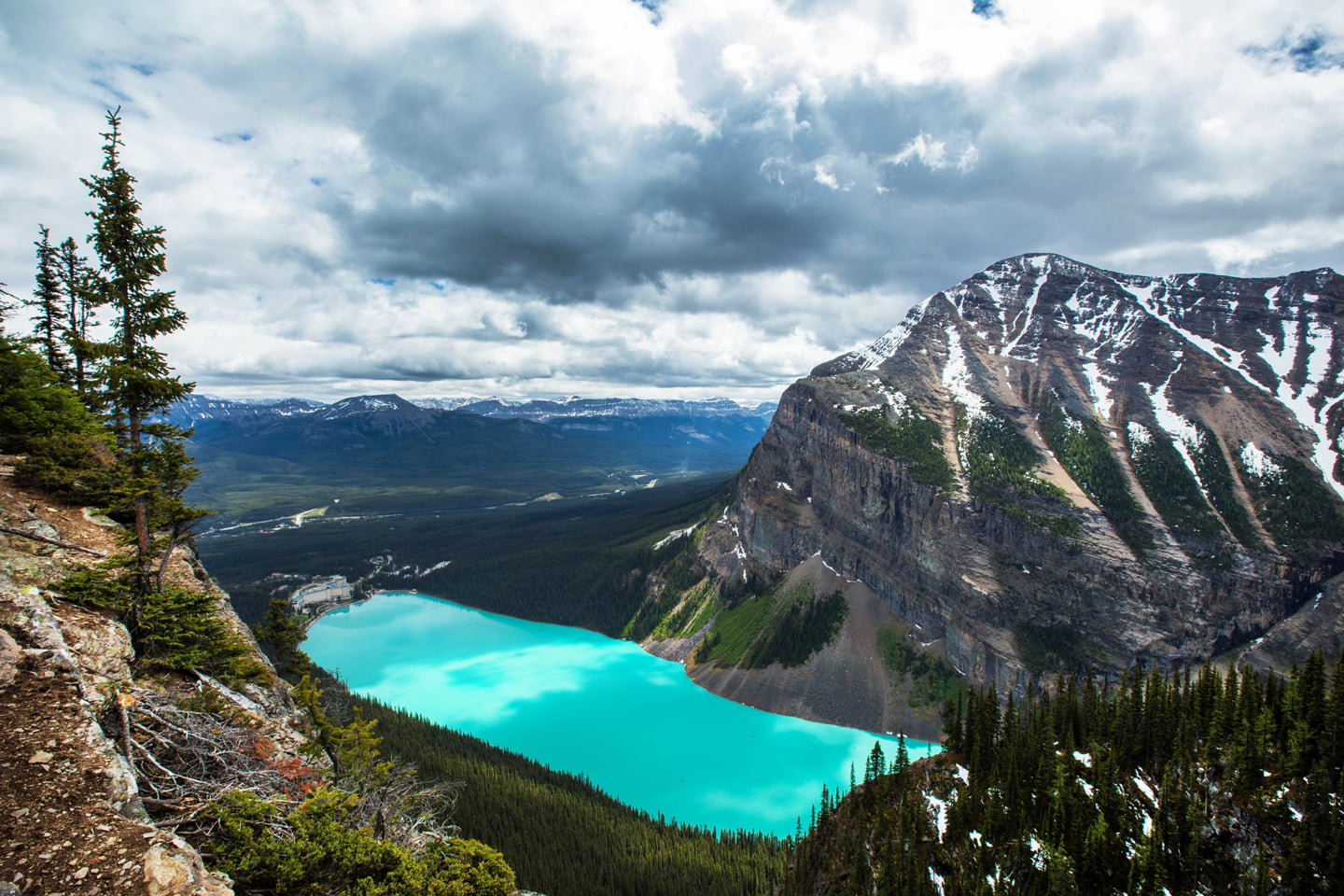
Easily the most well-known of the National Parks in the Canadian Rockies, Banff is synonymous with beautiful lakes and stunning mountains. It’s the second largest National Park in the Canadian Rockies at 2,500 square miles. We have found that for most people, this is where you will want to dedicate most of your time, as we did on our first trip to the region. There are no shortage of lakes you can enjoy while visiting Banff National Park. From roadside lakes, to short to medium distance lakes, below are the ones we recommend visiting.
Moraine Lake

Moraine Lake is easily one of our all-time favorite lakes. It sits at the Valley of Ten Peaks, and is famous for the vista of the mountains diving into deep into it’s blue waters.
Canoeing at Moraine Lake

Moraine Lake Lodge rents canoes during the summer months (mid June — September) for one-hour ($85 USD/$120 CAD)
Moraine Lake Hikes

Consolation Lakes (3.7 miles round-trip, 5.95 kilometers): A mostly flat trip to a rocky shoreline. Some boulder hopping is required to get to the lakeshore but is not required to see the lake.
Eiffel Lake (7.5 miles round-trip, 12 kilometers): A dark blue lake at the end of the Valley of Ten Peaks makes for a nice day-hike from Moraine Lake. All of the climbing is in the first part of the trail before it splits to Eiffel Lake and Sentinel Pass.
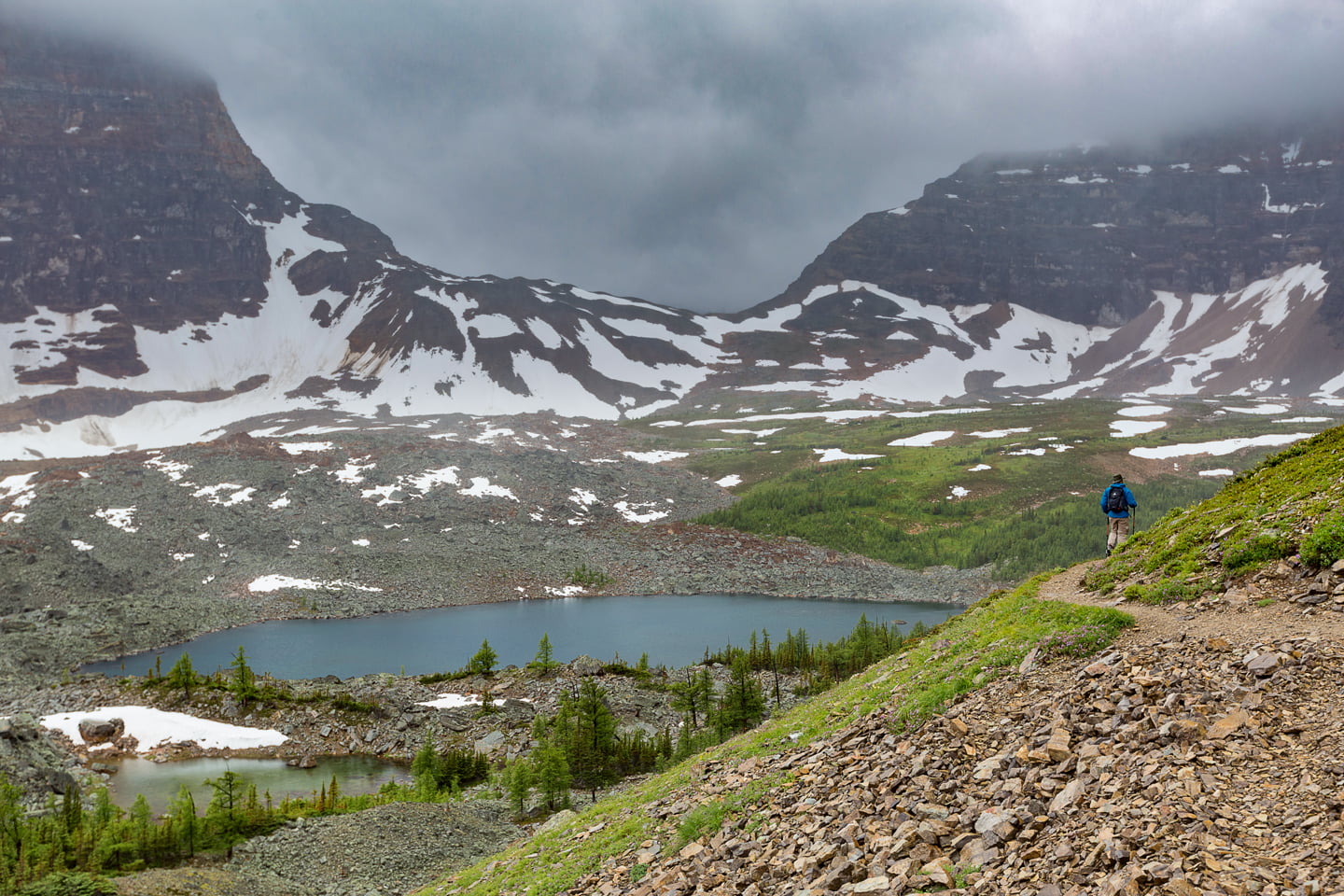
Sentinel Pass (7.2 miles round-trip, 11.5 kilometers): Starts at the same trailhead as Eiffel Lake but then splits off to visit the Larch Valley and Sentinel Pass. Go in September for fall colors!
Lake Louise

An immensely popular lake, Lake Louise, with its striking turquoise waters sits at the edge of Mount Victoria and the Victoria Glacier.
Canoeing at Lake Louise

Canoes can be rented from the Fairmont Chateau Lake Louise and Banff Canoe Club during the summer months (mid June — September) for one-hour ($33-47 USD/$45-65 CAD)
Lake Louise Hikes
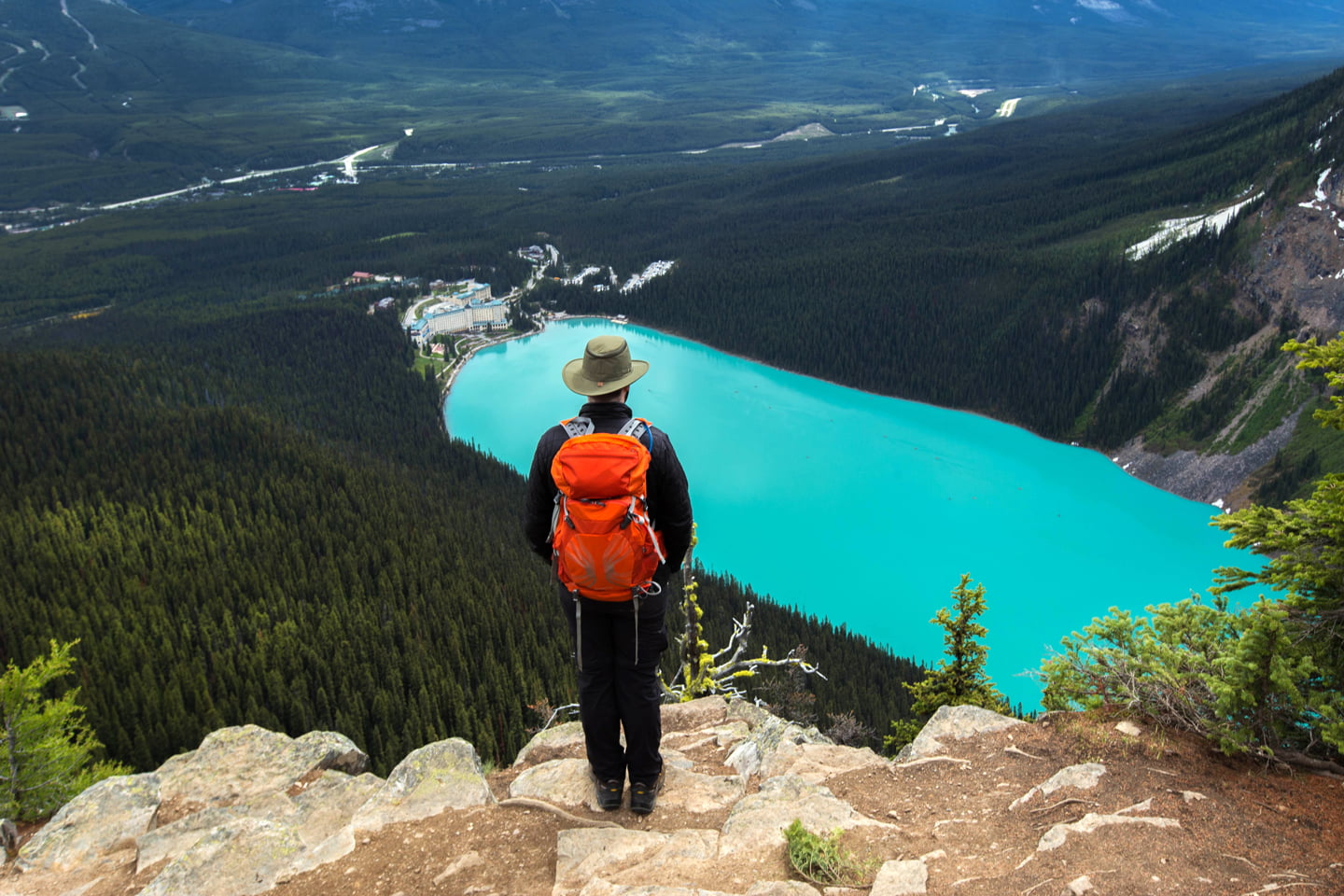
Lake Louise Shoreline (3 miles round-trip, 4.8 kilometers): An easy walk along the lakeshore provides different vantage points of the lake and the historic Fairmont Chateau.
Lake Agnes and the Big Beehive (9.5 miles round-trip, 15 kilometers): Two lakes, a teahouse, and spectacular views from above Lake Louise can be found on this longer day-hike.

Plain of the Six Glaciers (9 miles round-trip, 14.4 kilometers): Incredible glacier views and a tea house to snack and enjoy the fruits of your efforts, this is another must-do hike!
Peyto Lake

Another famous lake just north of Lake Louise along the Icefields Parkway is Peyto Lake. Check out the view from the overlook and see if you can spot the fox-like shape of Peyto Lake.
Peyto Lake Hikes

Peyto Lake Panorama Overlook (1.7 miles round-trip, 2.7 kilometers): An easy, albeit uphill paved walk to a viewpoint above Peyto Lake. It’s nearly impossible to take a bad photo from here!
Peyto Lakeshore Hike (2 miles round-trip, 3.2 kilometers): For a different perspective of Peyto Lake, follow this easy hike to the shoreline and enjoy the perfect blue water up close.
Johnston Canyon
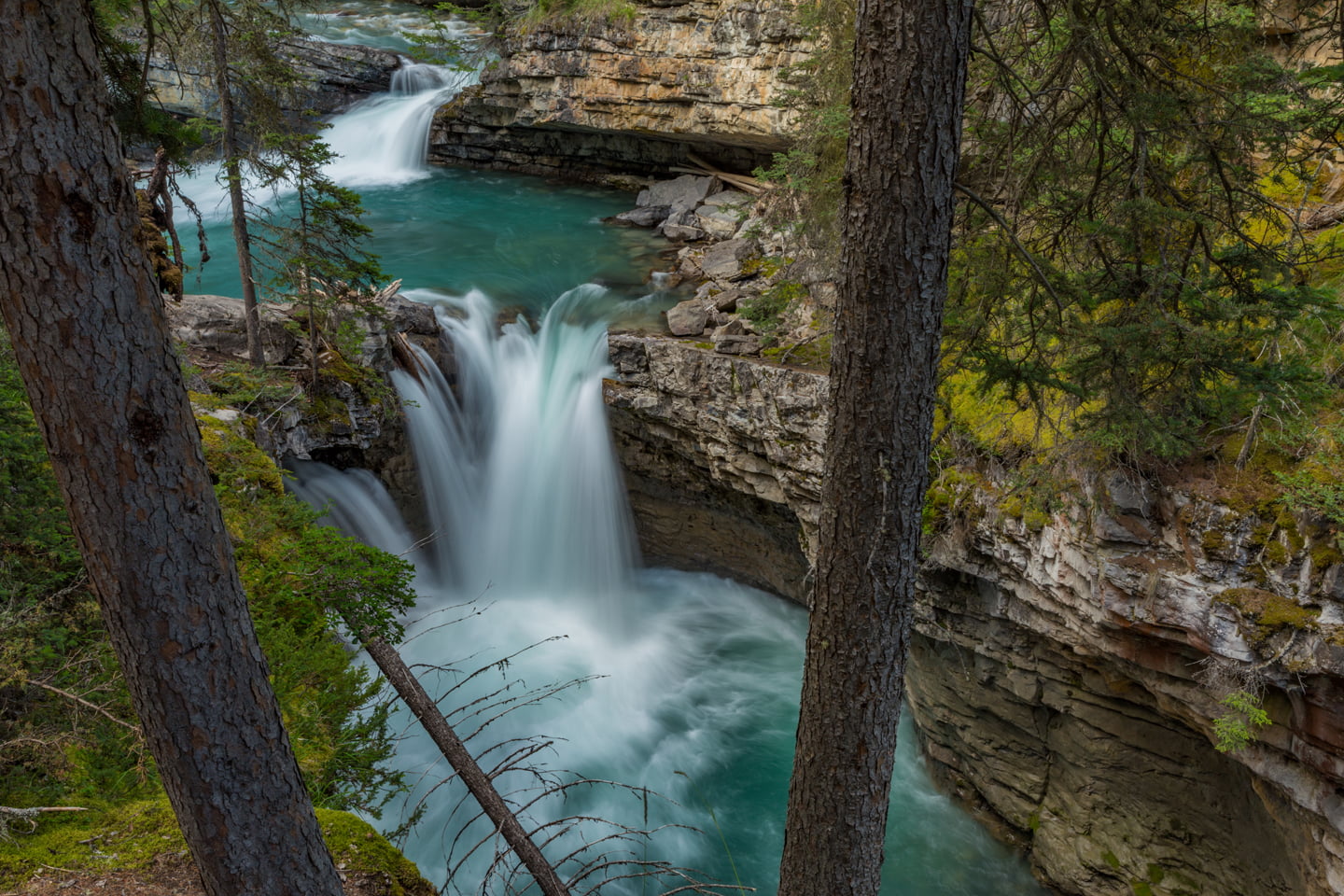
Johnston Canyon is an easily accessible attraction off of the Bow Valley Parkway in Banff. You can read more about the short hike to see the beautiful canyon and its many waterfalls here.
Other Lakes to see in Banff
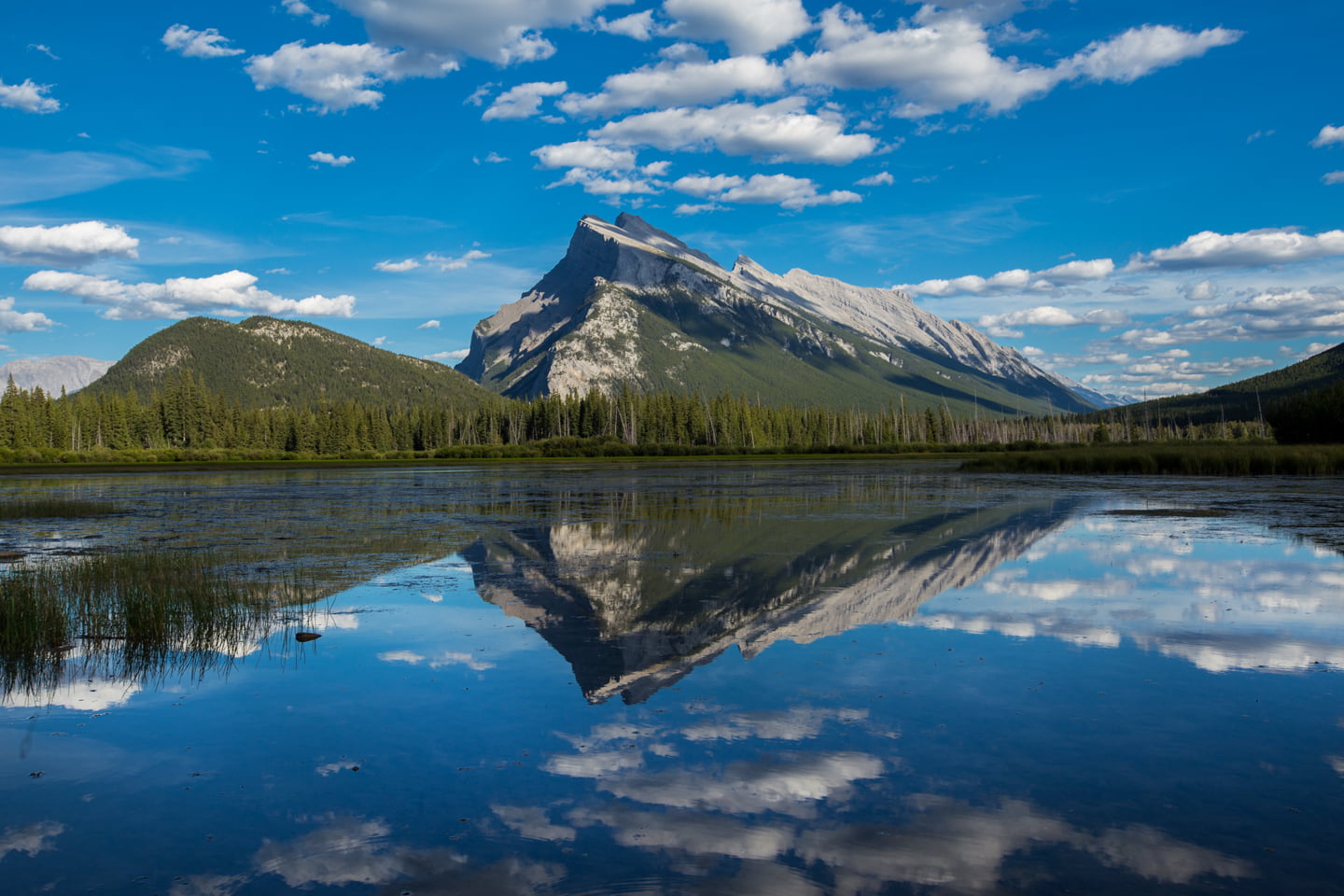
Vermillion Lakes, Two-Jack Lake, Lake Minnewanka, and Bow Lake are all easily accessible, while there are countless additional lakes that can be reached by hiking or backpacking.
Drive the Icefields Parkway

The drive between the towns of Banff and Jasper, along the Icefields Parkway, is arguably one of the most scenic and breathtaking in North America. Along the way, there will be ample time to stop and enjoy lakes, waterfalls, hikes and more! Here are some of our tips for a successful drive:
1. If you’re starting in the town of Banff, the drive to Jasper is 179 miles or 288 kilometers and takes 3.5 hours with no stops.
2. Start early! We recommend setting aside a full day as you will want to make plenty of stops between the two towns. An early start (before 9:00 a.m.) means a greater chance at beating some of the crowds and tour buses.
3. Pack a lunch and snacks as food options will be limited. There are grocery options in both Banff and Lake Louise and you can make yourself up a picnic and have your choice of lunch stops with a view.
4. Be sure to fill up on gas in Banff or Lake Louise as the only other option for it before Jasper is at the Saskatchewan River Crossing and prices will be high there. If you do stop at the River Crossing, this is a great place to stock up on additional snacks or enjoy an ice cream cone with a view.
5. Stop at the Columbia Icefield and take an informative hike on the Athabasca Glacier. This is the perfect way to spend a few hours and a nice opportunity to stretch your legs after being in the car.
6. Enjoy the views! There are so many great places to stop along this drive, we find it best to take your time and go with the flow. Some places will undoubtedly be more crowded than others, but the beauty remains unquestionable.
For more information about the scenic stops on the Icefield’s Parkway, be sure to check our or guide here.
Where to go and what to do in Jasper National Park

Slightly less popular than it’s neighbor Banff, Jasper National Park is a wonder in its own right. It’s the largest National Park in the Canadian Rockies at 4,200 square miles. In the namesake town, we found less crowds and more of a small-town feel. The lakes and waterfalls alone are worth the trip from Banff.
Visit Maligne Lake
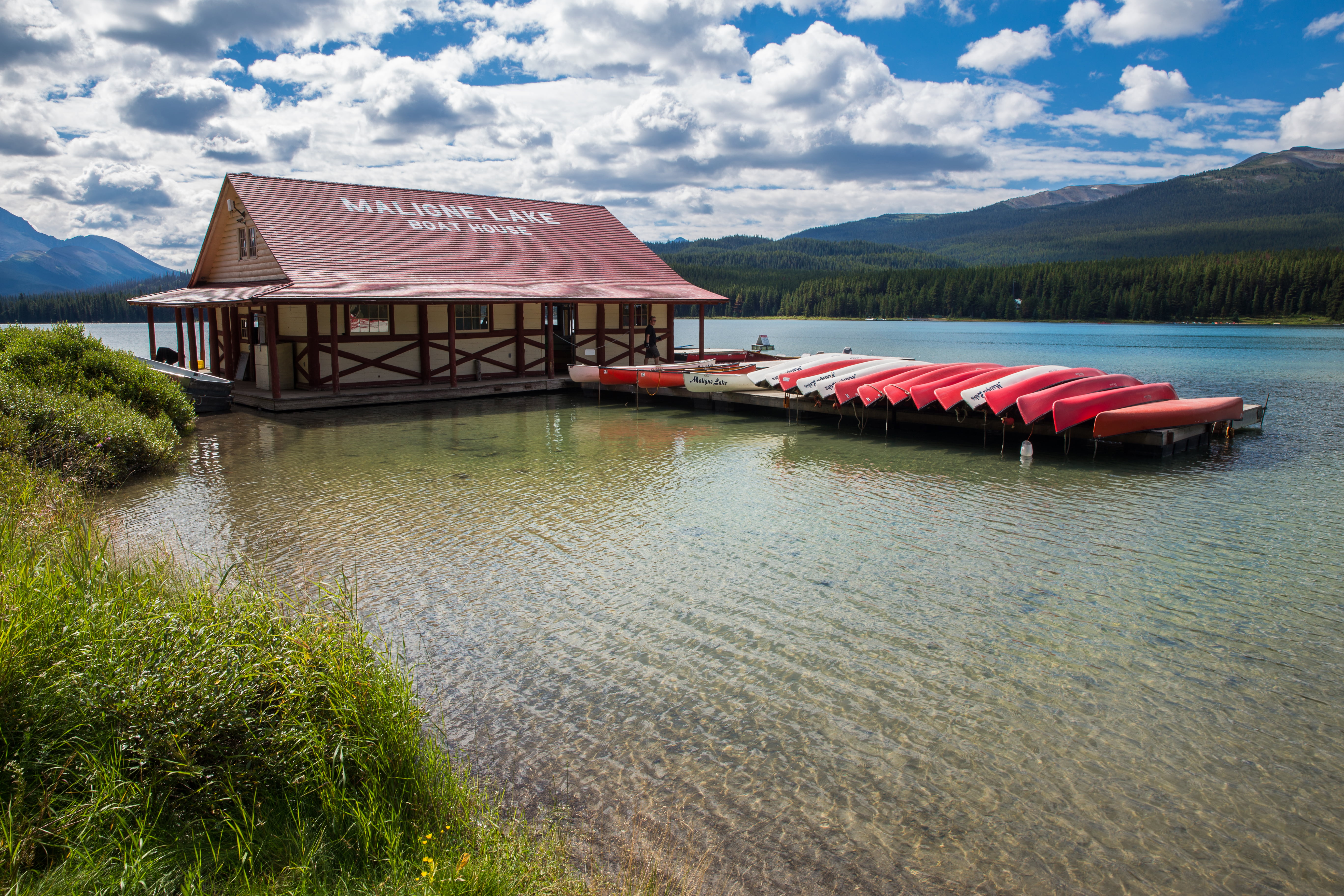
While arguably less famous than some of their Banff counterparts, there are some great lakes to visit in Jasper as well. A 45-minute drive from the town of Jasper sits the beautiful Maligne Lake where you can see the famous Spirit Island. To access the island, you can either take a guided tour, or you can rent a canoe and paddle out to the island.
Maligne Lake Boat Tour: There are two boat tour options that reach Spirit Island run by the Banff Jasper Collection. The “Classic” choice is 90 minutes and starts at $51 ($70 Canadian) for adults and $25 for children ($35 Canadian). While the “Premium” option is 120 minutes and starts at $73 for adults ($100 Canadian) and $36 for children. Rates depend on the time of year/season.
Paddle to Spirit Island: If you prefer a more “eco” friendly approach to reaching Spirit Island, you can choose a kayak, canoe, or rowboat and make the 8.5 (14 kilometer) trek yourself. 2020 prices can be found on the Maligne Lake Boathouse website.
Visit Pyramid Lake

Take a scenic walk around the lake, or rent a canoe, kayak, paddle-boat, or electric cruiser to get out on the water. Pyramid Lake also boasts a resort, and additional outdoor opportunities including hiking and mountain biking.
Visit the Waterfalls Along the Icefield’s Parkway
These three waterfalls are easily accessible in Jasper and must-visits during your trip to the park.
Sunwapta Falls
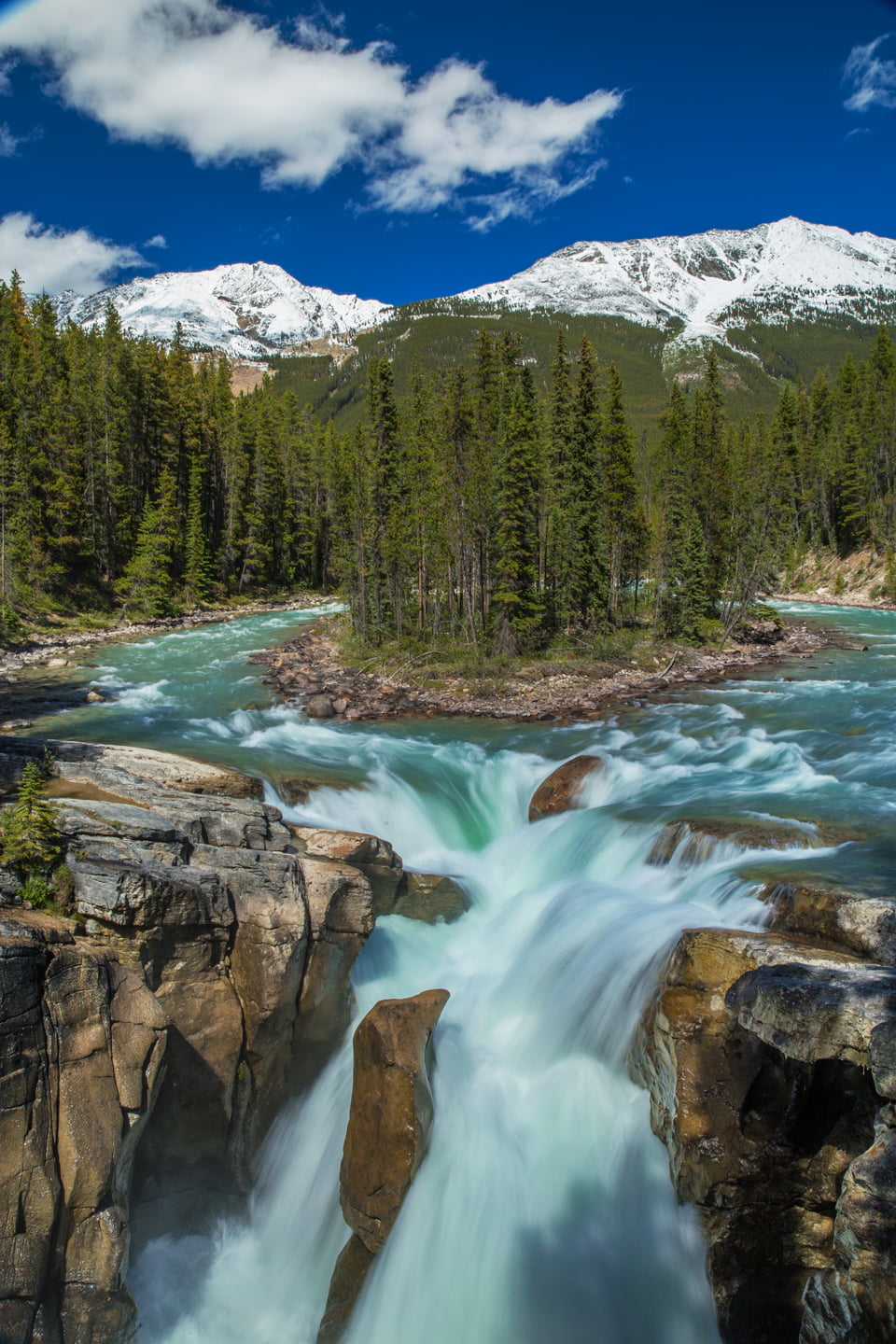
Powerful and framed by an island just behind them, Sunwapta Falls is one of our favorites in the Canadian Rockies. A short walking from the parking lot takes you to a bridge that overlooks the falls.
Athabasca Falls

Similar to Sunwapta in terms of sheer power, Athabasca Falls is easily accessed from a nearby parking lot. You can actually get quite close to the falls, so it’s especially important to stay behind the safety railings.
Tangle Creek Falls

Just 15 minutes from the Columbia Icefields Center, Tangle Creek Falls are located right on the side of the Icefields Parkway. Chances are, there will be cars stopped here, but we drove right past them on our second visit. If the water flow is low, you can walk up the side of the falls a bit to get closer to them.
Explore Athabasca Glacier

Whether you stop briefly to take in the scale of this diminishing glacier, or extend your day by hiking on it, Athabasca Glacier is a sight not to be missed in Jasper National Park. We highly recommend taking the opportunity to take a guided hike on the glacier with Ice Walks, a small tour company. You can read more about our adventure here.
Visit Angel Glacier
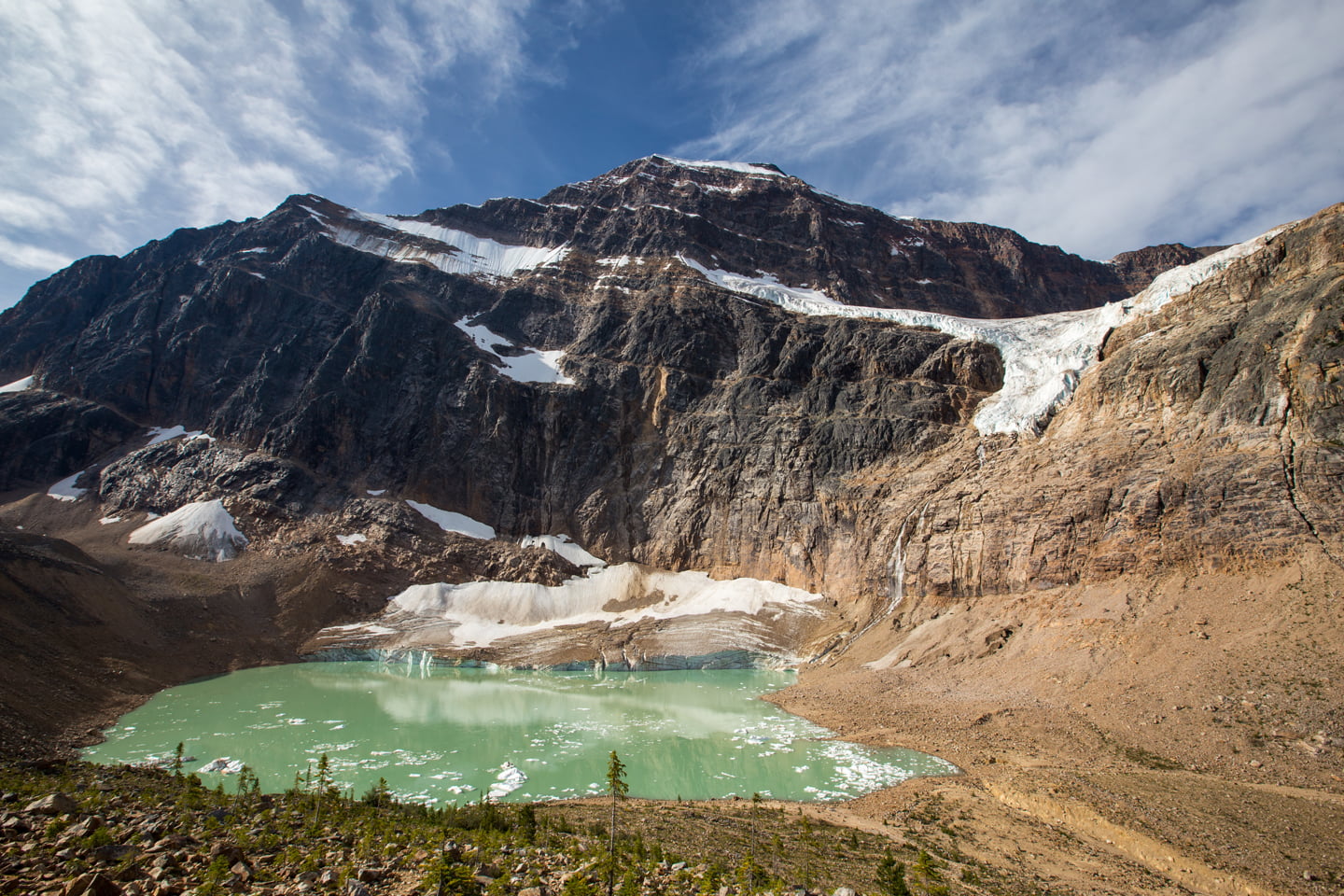
Located 45 minutes outside of Jasper, Mt. Edith Cavell and the Angel Glacier are a great way to spend a few hours.
An easy 1 mile (1.6 kilometer) round-trip hike along the Path of the Glacier trail will bring you to stunning views of Mt. Edith Cavell (named after a British nurse who saved lives on both sides during World War I) and the Angel Glacier.
For a longer hike, the Cavell Meadows Trail is 4 miles round-trip (6 kilometers) and provides further stunning views of the mountain and glacier.
Where to go and What to do in Yoho National Park

If you’re looking for something a bit more off the beaten path with less crowds, Yoho National Park is for you. It’s the smallest National Park in the Canadian Rockies at 507 square miles but is well worth a visit during your trip.
Explore Emerald Lake
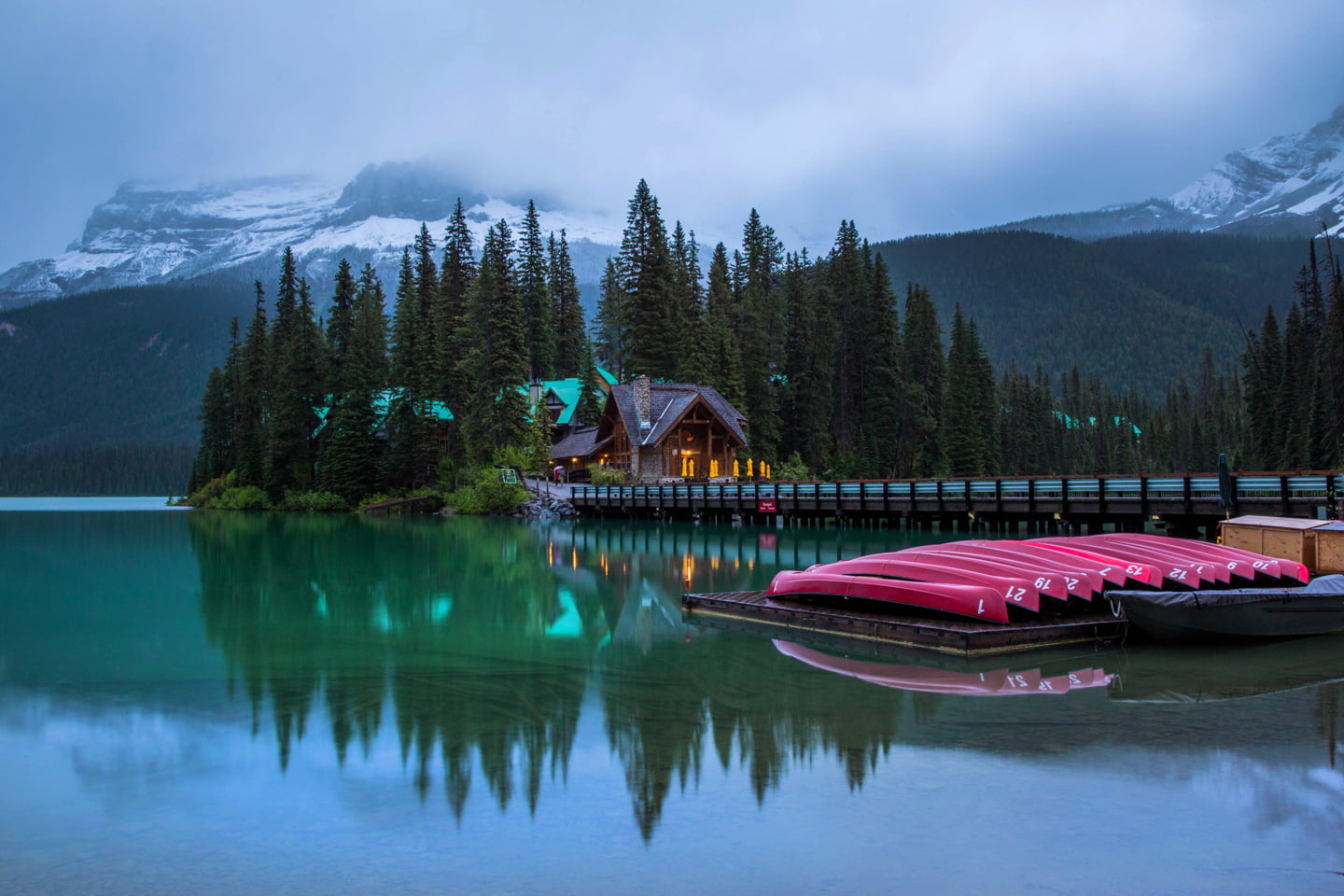
Chances are, you have seen photos of Emerald Lake on social media, and it’s namesake lodge. The views of the lake and the mountains that frame its backdrop are reason alone to visit Emerald Lake.
Emerald Lake Canoeing
As you can with other popular lakes, you can rent a canoe through The Boat House Trading Co. for $36 per hour ($50 Canadian)
Emerald Lake Hikes
Lake Loop Hike: Take a walk around Emerald Lake with an easy 3.2 mile (5.1 kilometers) trek.
Visit Natural Bridge
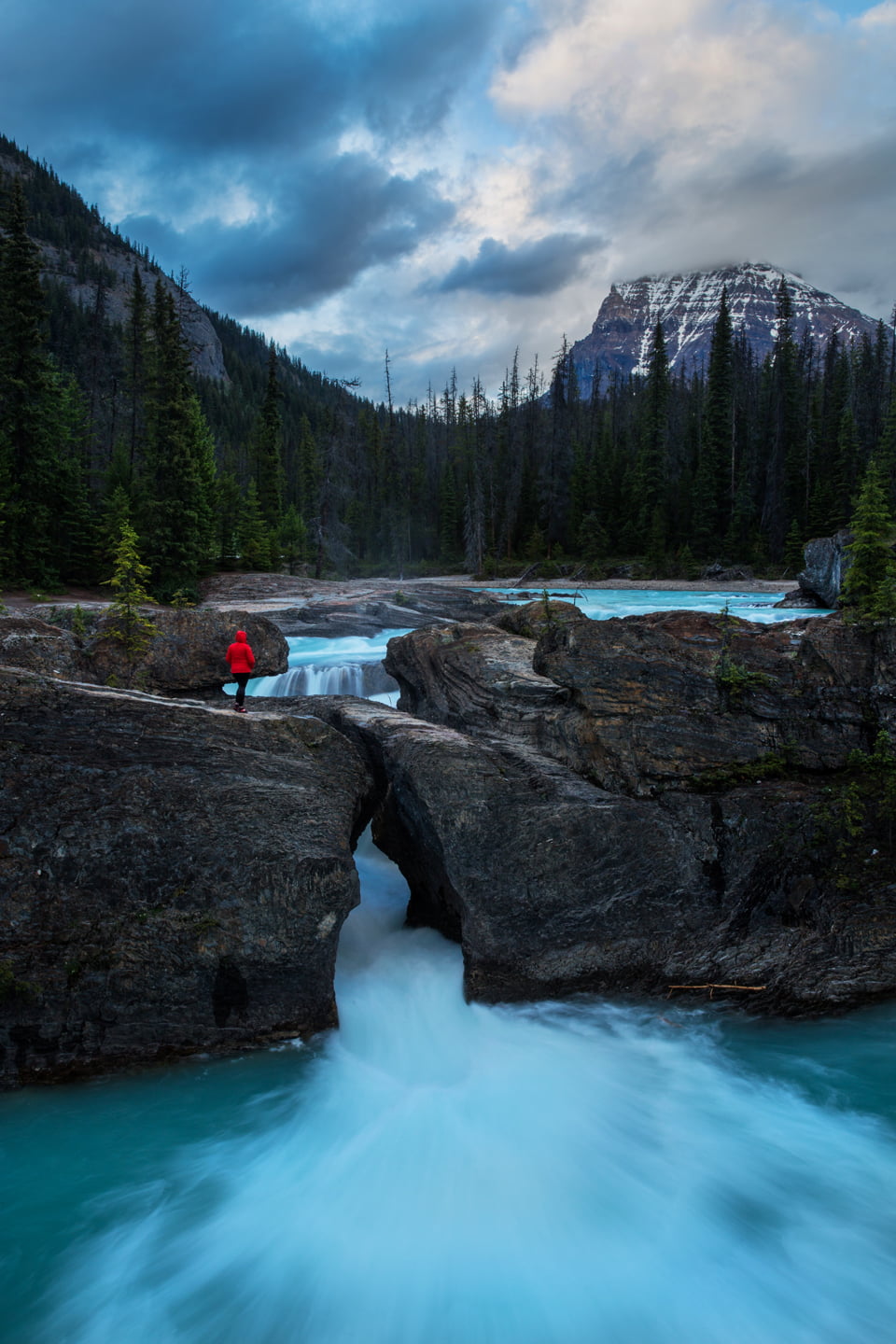
A stop on the Emerald Lake Lodge Road, this beautiful geologic wonder is not to be missed.
Marvel at Takakkaw Falls

The second tallest waterfall in Canada at 1,224 feet, Takakkaw (“wonderful” in Cree) Falls is a stunning display of the power of water. Located at the end of the Yoho Valley Road, this is one of our all-time favorite waterfalls! Feeling the cool mist spraying off the falls on a warm summer day is an amazing experience.
The falls are a great place to have a picnic lunch with beautiful views and plenty of room to spread out.

For those looking for a bigger adventure, we recommend hiking to Twin Falls (11.5 miles, round-trip) where you will be treated to 4 waterfalls, including the namesake double falls.
Hike to Wapta Falls

35 minutes west of the small town of Field, Wapta Falls is a unique waterfall in the Canadian Rockies. Just 3 miles round-trip makes this hike easily accessible as most of the 450 of elevation gain is on the way up from the falls.
Some of the best views of Wapta Falls are from above, so be sure to stop at the viewpoints along the way.
You can’t get an unobstructed view of the falls from the river thanks to a large mound of dirt and rock that blocks it.
Standing on top of the dirt pile will get you soaking wet (during peak season) as the power of the falls sends up a lot of mist!
Visit Lake O’Hara
If you’re looking for incredible views, alpine lakes and some serious hiking, you will want to book a trip into Lake O’Hara. Unlike some of the other destinations in the Canadian Rockies, this one takes a bit more planning:
To reach the lakes, you will need to either book a bus ticket which runs seasonally during the summer. Alternately, you can hike in the 6.8 miles (11 kilometers) one-way before exploring the area further.
The bus is available only via lottery, so you’ll need to have some flexibility with your trip if you are selected.
Camping is the most cost-effective option for accommodations in the Lake O’Hara region and will also guarantee you a spot on the bus. Parks Canada allows you to stay a maximum of three nights.
Elizabeth Parker Hut is a backcountry hut that offers shared accommodations for up to 24 guests. Rates start at $33 ($45 Canadian) per night, per adult.
Lake O’Hara Lodge is considered the luxury option with rates starting at $555 ($755 Canadian) per night, minimum two night stay. Note: The Lodge is closed for the 2020 season due to Covid-19.
Extending Your Trip in the Canadian Rockies

Kootenay National Park: Located in Southeastern British Columbia, it is the third largest National Park in the Canadian Rockies. Kootenay is a great place for hiking and backpacking trips and you can easily spend several days here doing both.
Mount Assiniboine Provincial Park: This gem is also in Southeastern British Columbia and home to the namesake peak, known as the Matterhorn of the West. Due to the park’s more remote nature (no roads lead to the park), it can be accessed either through a multi-day hike (17 miles, one-way) or via helicopter (runs three days a week).
Vancouver: 527 miles west of Banff National Park, Vancouver is a coastal city in British Columbia and the most populous in the region. If you’re looking for more hiking options we recommend checking out nearby Joffre Lakes and Garibaldi Provincial Parks
Tips for Getting the Most Out of Your Visit
1. Get up early or stay out late! Most parking lots fill up by 8:00 a.m. (earlier for Moraine Lake!), so make sure you get an early start. We have also found that many places are the least crowded in the evening when everyone has gone back into town for dinner.
2. Save money by renting bear spray from one of the stores in town instead of buying a canister. Please don’t use bear bells. They don’t work and they are incredibly annoying to other hikers.
3. Bring a collapsible ice chest. We found that packing a small cooler saved us tons of money and time on meals and drinks. It allowed us to pack lunch in advance so we could eat on the road.
4. Buy your pass in advance so that you don’t have to stop when entering the park.
5. Purchase and know how to read a map if you are planning on hiking. We found The Canadian Rockies Trail Guide and these National Geographic Maps to be very useful resources.
Canadian Rockies Packing List
Clothing: Prepare to experience every kind of weather. During our last trip in July, it was in the 90’s one day, then it snowed the next day! Moisture-wicking material is key, as well as dressing in layers. In the spring, fall, and winter, be sure to bring extra layers to protect against snow and colder weather.
Footwear: Comfy shoes are essential for any trip to the mountains. Julie wears these Keen Durand hiking boots on longer hikes, and the Brooks Cascadia for exploring shorter trails. Wool socks are great for wicking moisture and preventing blisters. We have used and liked both the Darn Tough and Smartwool brands. It is also good to consider bringing a a pair of micro-spikes if you are visiting in months where there may be snow or ice present.
Hiking Backpack: Even if you aren’t planning on doing long hikes, it is a good idea to use a day pack to carry water, snacks, and other essentials. Brian loves this one from Gregory while Julie uses this Osprey pack because it works well for her photography gear.
Hiking Poles help with stability and prevent soreness and injury. We love our Black Diamond Trail Ergo Cork Trekking Poles.
Sun Protection: Make sure you are prepared for the intense mountain sunlight with sunscreen, SPF chapstick, and a hat.
Bug Protection: You will most likely encounter mosquitoes if you are visiting in the spring or summer. We have found picadarin lotion to be somewhat effective for skin, but deet has worked best for us in our ongoing battle against our blood-sucking enemies.
A First-Aid Kit: We use this travel-size kit so that we can put it in our day pack on hikes. We have definitely used it a few times, and were glad to have it handy. Remember to restock your supply after you use something!
Hydration: Bring plenty of water when you set out on a hike. We recently switched to the Platypus bladders and love them. For longer hikes, we often bring along a couple of extra Nalgene bottles filled with water or an electrolyte mix.
Snacks: Some of our favorite high-energy snacks include GU (Salted Caramel is a favorite) and Cliff Shot Blocks (We love Mountain Berry and Ginger Ale).
Be sure to check out our posts: Summer Hiking Gear and Photography Gear for more tips on what to pack for a trip to the Canadian Rockies.


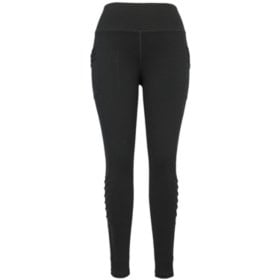
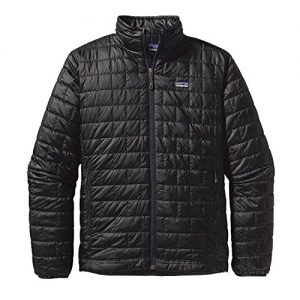
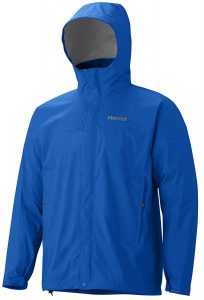
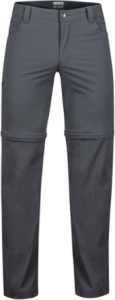

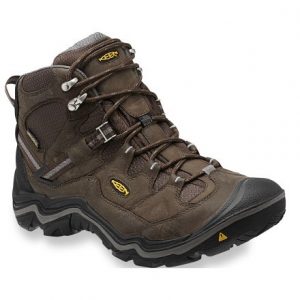
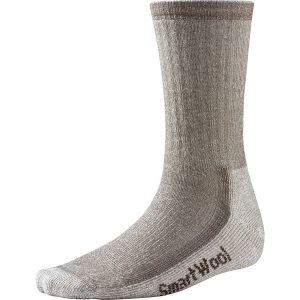


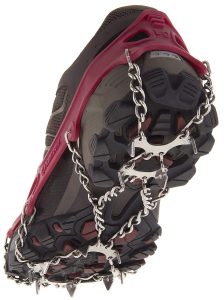
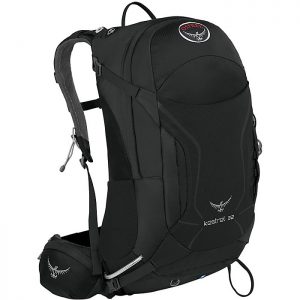

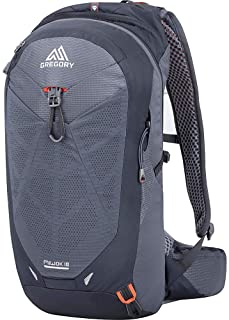
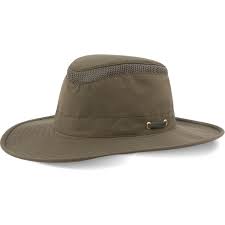
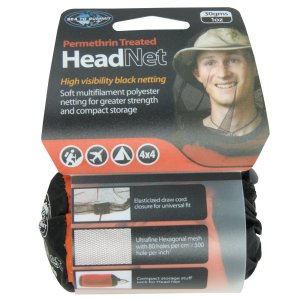

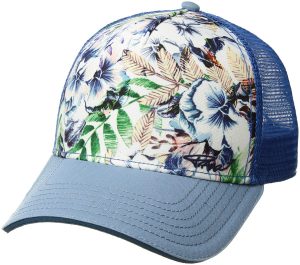
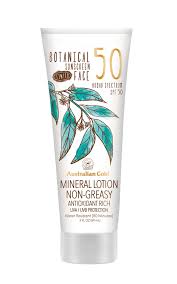


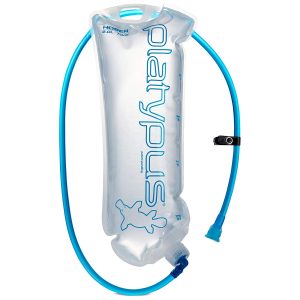
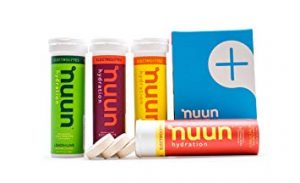
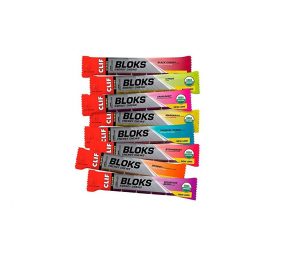

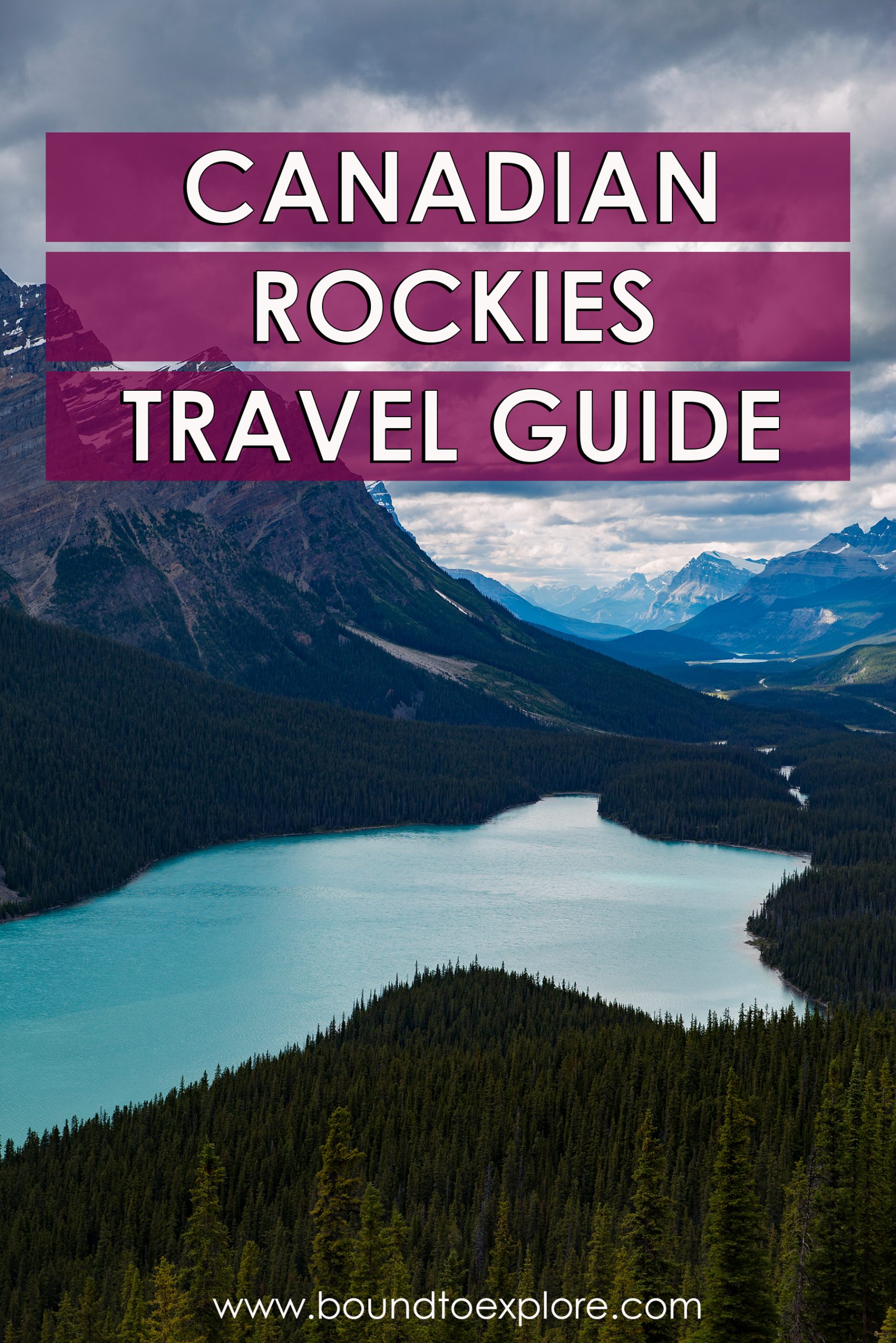
the Canadian Rockies are one of my favour places and icefield Parkway is one of the most beautiful drives in the world. When i was there I stayed at the hotel by the gondola. VERY expensive. Next time I will stay in Canmore.
They are definitely one of our favorite places too! Hotel are expensive, but you pay a premium for the incredible locations. Canmore is a great alternative option to Banff and Lake Louise but still within an easy drive.
Your pictures are breathtaking! I LOVE the mountains, definitely pining this article, so helpful!
Thanks Laurel! We hope you get a chance to visit in the future!
The Canadian Rockies are truly a special place and these images are positively STUNNING! The image of SUNWAPTA FALLS just took my breath away! Your tips and packing lists are especially helpful! Thanks for all the hard work that went into creating this awesome travel guide!
Thanks so much for the kind words, Michelle! We think that the Canadian Rockies are pretty special too!
The Canadian Rockies are still on my bucket list, and this is a fantastic guide. Very thorough and full of useful information. Banff gets all the credit, but I’m looking forward to checking out some of your less crowded suggestions!
Thanks Rachel! We hope you get to visit the Canadian Rockies in the near future!
This looks so incredible. I have visited the Rocky Mountains in the United States several times and have loved it every time. Now I guess I need to add the Canadian Rockies to my list 🙂
Thanks Michelle! We highly recommend a trip to the Canadian Rockies and hope you have the opportunity to visit!